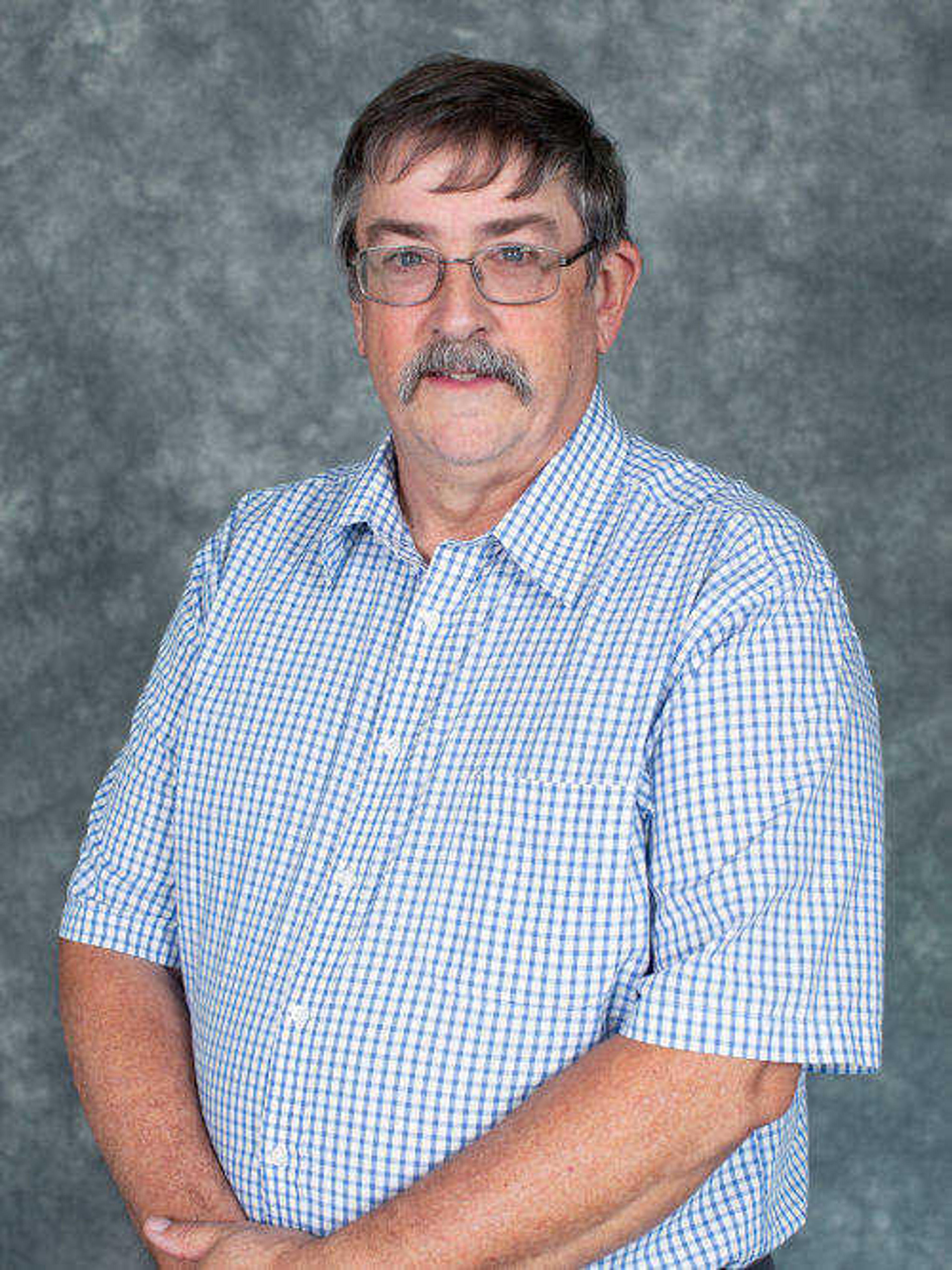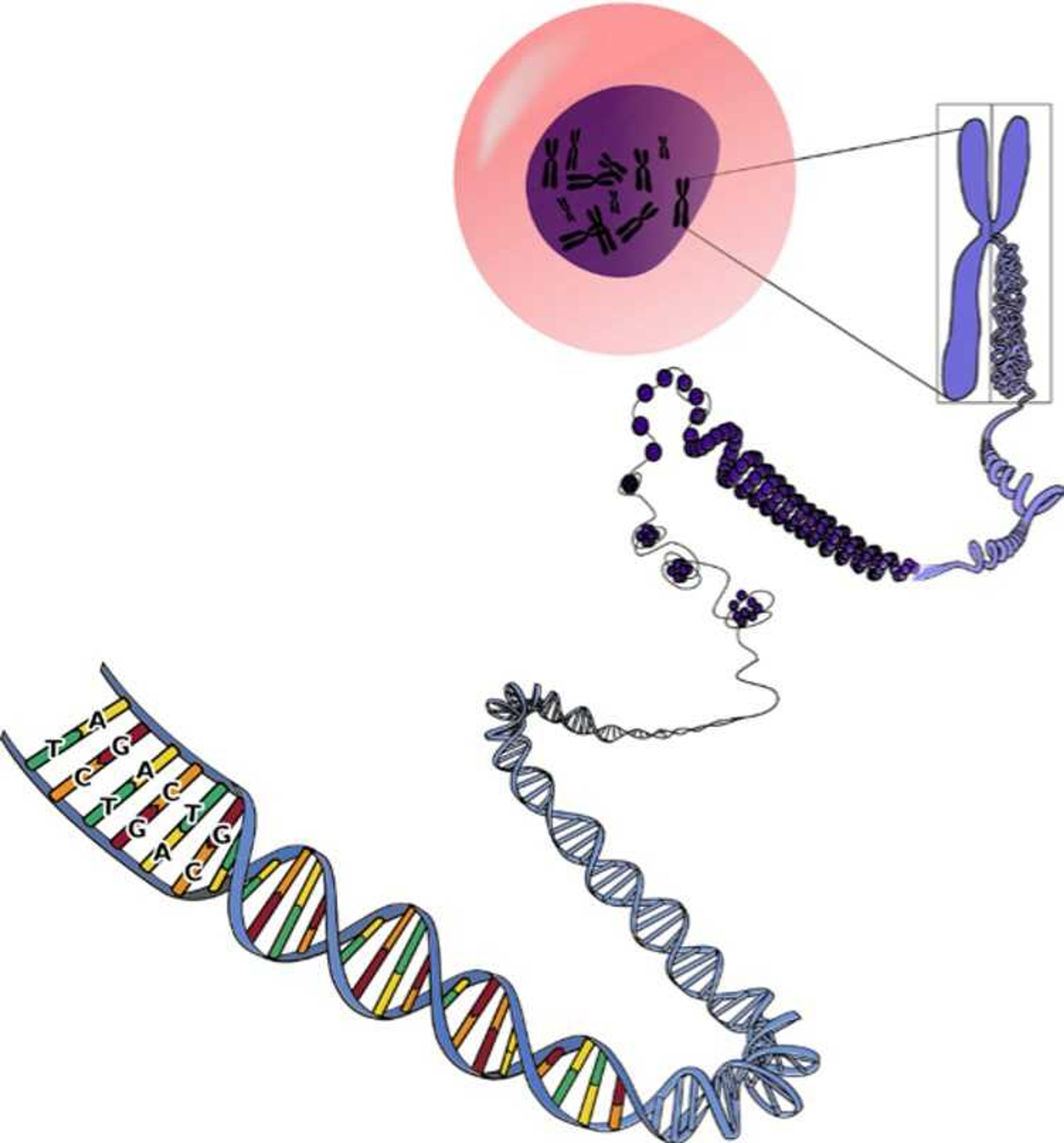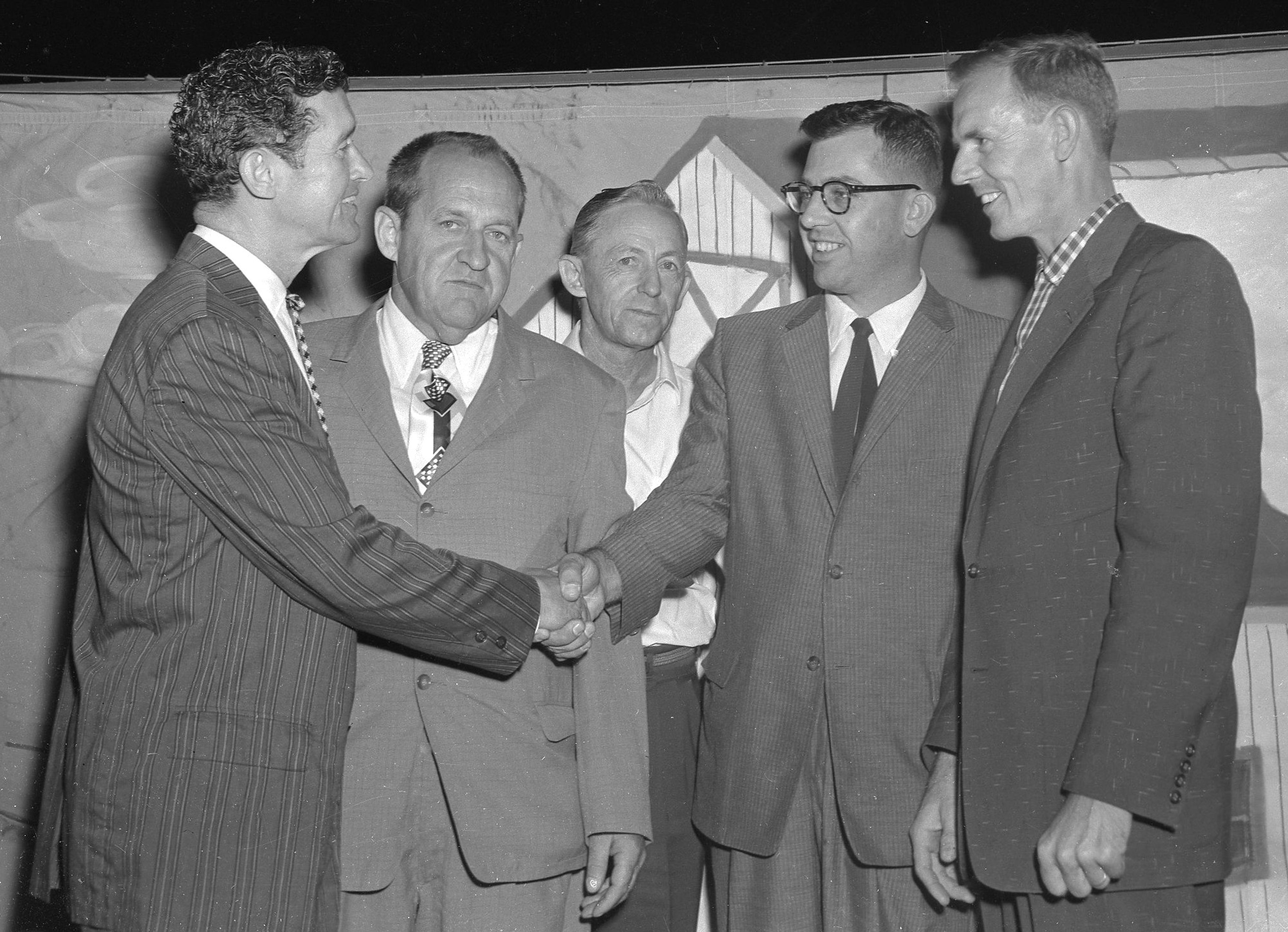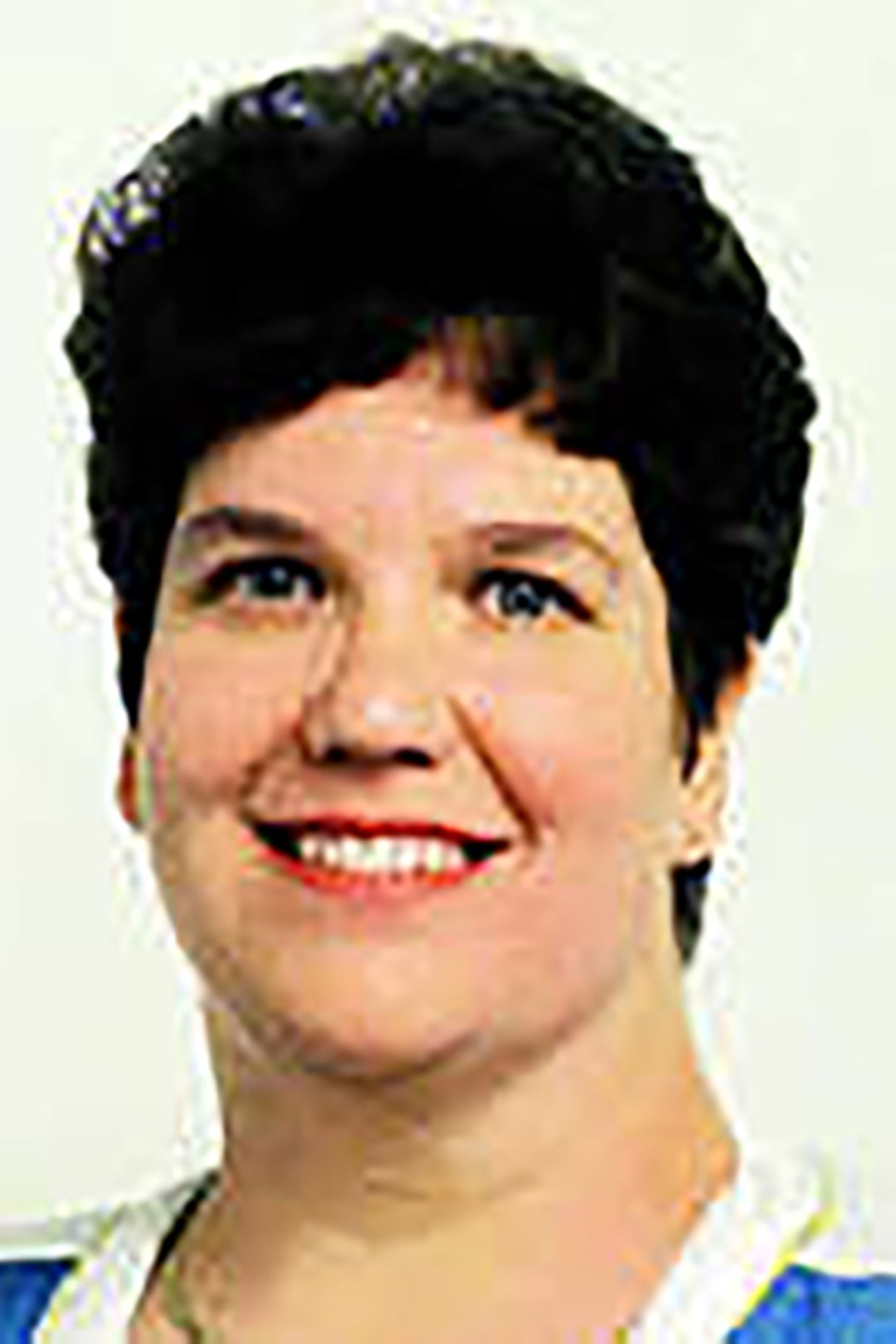DNA is the chemical that codes for proteins which determine our physical traits. This molecule is a double coil connected by cross pieces (called bases). There are four bases that can vary in sequence in a DNA molecule, and these are a code for our traits (similar to an alphabet making up words, sentences and paragraphs). DNA occurs mainly in the nucleus of most of our cells. A small amount resides in structures involved in energy release in our cells -- the mitochondria.
DNA in the nucleus is organized into structures called chromosomes. Humans have 23 pairs of chromosomes -- one of each pair inherited from the mother and the other from the father. The 23rd pair determines the sex of the individual. A person with two identical 23rd chromosomes, called X chromosomes, is female. Males have one X chromosome from their mother and a smaller, non-identical Y-chromosome from their father.
Many variants of our traits still function quite well, and our descendants inherit these traits. For example, hair color, the ability to taste cilantro differently and the ability to roll our tongue vary, but have little effect on our ability to live and function. A gene is a section of DNA that includes instructions for a given trait. Genetic genealogy is testing the sequence of our DNA in combination with other "paper trail" genealogical information to determine relationships. It is not information that can be the sole source for determining a relationship, but researchers must interpret results using more traditional genealogical sources such as vital records, probate, land records and others.
Four types of DNA provide useful information for genetic genealogy: Y-DNA, Mitochondrial DNA, Autosomal DNA and X-DNA. Because Y-DNA passes only from father to son, a paternal line has the same, or nearly the same, DNA sequence. Testing the DNA on the Y-chromosome can document paternal ancestry, but for males only. (Daughters inherit only X-chromosomes from both parents.) Thus, it may be necessary to locate a male relative to test using Y-DNA. Y-DNA tests sample a number of "markers," specific segments of DNA. Because Y-DNA testing samples recognize markers, cost depends on the number of markers tested, whether 12, 37, 111 or 700. The more tested, the more confidence in the relationship. One famous case using Y-DNA is that of Thomas Jefferson and Sally Hemings, in which Y-DNA of male descendants of Jefferson's father and male descendants of Sally Hemings matched.
Mitochondrial DNA testing focuses on the small amount of DNA in the mitochondria. This DNA passes from mothers to all their children and changes very little from generation to generation. Thus, a match means the testers share a common female ancestor. However, because this DNA changes slowly, the common ancestor may have lived over 1,000 years ago. Mitochondrial DNA is helpful mostly when two people suspect they have a common female ancestor, but is useful only for straight-line maternal lineage. One recent example is the identification of a burial under an English parking lot suspected to be Richard III. Mitochondrial DNA extracted from the skeleton matched that of maternal line descendants of Richard's sister, providing strong support for the identity of the skeleton.
The most useful genetic genealogy test for determining relationships is autosomal DNA. The autosomes are the other 22 pairs of chromosomes in the human genome and includes over 90% of the DNA in our cells. Half of this DNA comes from one's mother, and other half from one's father. From there, however, there can be variation. On average, you should inherit one-fourth of your DNA from each grandparent. However, because of events during the production of egg and sperm cells, this may vary from the predicted 25%. Over several generations, the recombination of traits during fertilization can result in unequal inheritance from a given ancestor. Thus, autosomal DNA only works well as far as the tester's great-great-grandparents. A person may actually share no DNA with some of their great-great-great-grandparents, or may share more than the one-thirty-second predicted.
The best use of autosomal DNA is a comparison with other possible relatives. The results you get from some testing include matches, and you usually receive these in units called a centimorgans. Centimorgans are segments of DNA which researchers can map, and although people tend to visualize these as units of distance on the DNA, they are not. Generally, the larger the number of centimorgans of matching DNA, the closer the relationship. The chromosome and segment of the chromosome also may appear in your results.
You also derive the final type of DNA testing from the autosomal test results: X-DNA. The use of X-DNA derives from the fact that males inherit their X chromosome only from their mother, and therefore the traits on this chromosome are only from the maternal line. It involves a higher level of analysis, and it is beyond the level we can discuss in this column.









